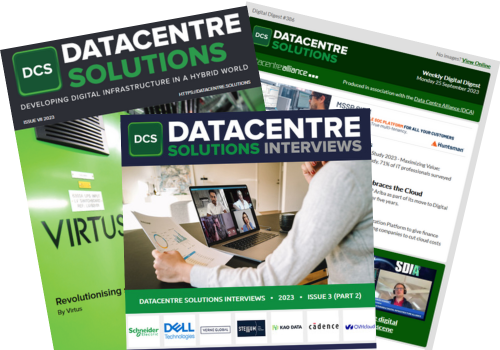To deliver strong return on investment (ROI), analytics capabilities need to be able to scale. However, achieving scalability across highly tailored use cases is no mean feat. In modern enterprises, each team has its own goals, data, and KPIs, and therefore each team wants something slightly different from analytics.
As a result, many teams end up creating and deploying their own analytics solutions with available resources. And, over time, this can create a highly fragmented analytics landscape across an organisation.
Problems with siloed analytics solutions
In fragmented analytics landscapes, siloed solutions stagnate within individual teams and lines of business. This creates an environment where several issues arise.
It’s likely that efforts and investments are duplicated across teams, wasting vital resources that could be dedicated to driving analytics innovation. Additionally, there’s a lack of consistency in how analytics is approached and how success is measured. Solutions are also often poorly maintained because there’s no centralised resource dedicated to keeping them operating efficiently or improving them over time.
In these environments, teams can’t directly benefit from each other’s analytics innovations or utilise existing data models and solutions in new ways. What’s more, solutions are limited in their scope, whereby they only pull in data from limited sources and ignore other data that could add valuable context to insights.
The missing element in organisations like these is scalability. When teams progress with their own siloed analytics projects, the solutions they create can’t scale. This makes it much more difficult to realise high ROI from them.
Challenges with enabling analytics scalability
When it comes to organisations seeking to scale their analytics solutions and investments, there are three main barriers.
The first is having disparate and inconsistent data. When an individual team builds its own analytics model, it is designed to make the most of available data sets, whatever their type or quality may be. Models like this become very difficult to use in different contexts, where the same type or quality of data isn’t available. There’s no interoperability, so the models can’t be scaled elsewhere.
The second challenge is having low visibility and understanding across silos. If one team doesn’t know about an adjacent team’s existing analytics investments, they can’t leverage and customise them for their own use. Siloed creation and management of analytics capabilities create cultures where people aren’t aware of where and how the organisation has already invested in analytics. This gives rise to significant duplication of efforts and increased costs.
The third barrier is that scalability is difficult to retroactively build in. Indeed, when a team identifies a new internal use case for analytics, they rarely pause to consider how other teams or markets could benefit from what they are creating. As a result, solutions are built with a single purpose in mind, making it hard for other teams to utilise them across slightly different use cases.
Best practices for highly scalable, high ROI
Organisations need to fundamentally change how they think about, design, and manage analytics capabilities to unlock the full ROI of highly scalable analytics models and solutions; and adopt a ‘product mindset’ when developing scalable analytics solutions. To achieve this, there are four key practices that organisations should consider.
The first is starting with a standardised foundation. Each team needs bespoke, tailored capabilities to get the most from analytics. But that doesn’t mean they have to build their own solutions from the ground up. By having a centralised team produce a customisable, standardised foundation for analytics, teams can create exactly what they need in a consistent way that enables interoperability across the enterprise.
For example, with an analytics centre of excellence, a centralised team can create everything each team needs for their unique use cases and add value for that team by including insights and capabilities from which adjacent teams have seen value.
The second practice is bringing data science and data engineering closer together. Even today, many still view analytics as the exclusive domain of data scientists. However, if businesses want to enable the scalability of analytics models, data engineers need to be involved in the conversation and decision making.
An additional key practice is to take a step back and gain some external perspective on what’s possible. If companies want analytics investments to deliver value across their whole organisation, their projects should start with a broad view of what analytics could help them achieve across multiple use cases.
This involves identifying high-value and complementary use cases and designing for them in tandem, finding the commonalities between different analytics needs that individual teams don’t recognise. Leaders are in a strong position to look at internal and external data holistically to determine where the most valuable insights may be found. But they should also carefully consider how analytics can support high-level business goals and the organisation’s overall strategy – not just individual teams within it.
Finally, business leaders should ensure they are continuously learning and improving. Analytics always requires some degree of experimentation, and organisations can’t realistically expect every single use case to deliver high long-term value. But, even if initiatives are unsuccessful, they can act as lessons learnt.
Indeed, within an enterprise, someone needs to take responsibility for learning from each use case explored. That person or team can then apply those lessons across new use cases and use them to develop assets and modules that can be reused across multiple locations and domains, extending and increasing the value they deliver to the business.
This constant feedback mechanism helps ensure analytics solutions can be adapted, improved, and shared, supporting different teams and functions and increasing ROI.









